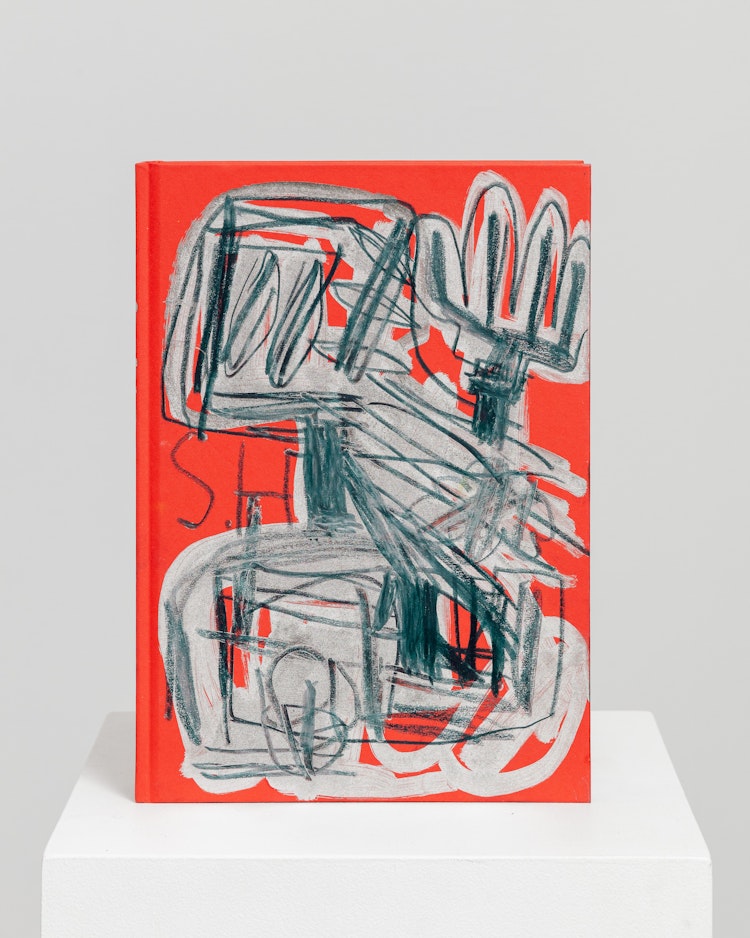Selected Works: July


Drawing is an ancient medium of expression, it is a language made of images and shapes. This month we are highlighting artists who use drawing as a tool to express themselves in contemporary times.
Cecilia Jiménez Ojeda (b. 1982, Borås, SE) is educated at the Academy of Fine Arts in Oslo (MA, BA). She works with detailed and realistic pencil drawings, preferably based on photographs. The works often focus on details and sections that are normally beyond our attention. The drawings are often placed in larger scenographic and narrative constructions based on episodes, experiences and environments from her own life. The artist explores strong contrasts between the light and the dark. The contrasts, in conjunction with the chosen perspectives, give the drawings a mysterious atmosphere. Her focus on the technical and sophisticated style gives her drawings an aesthetic that resembles the photographs she takes as a starting point.
In 2019, Cecilia exhibited during the drawing triennial at Kunstnernes Hus. In 2021, she had a solo exhibition at Destiny's. In 2023, it is relevant to have a separate exhibition in the Artists' Association.
Martin Schreiner (b. 1986, Fredrikstad) is an artist who since his debut at QB Gallery in 2015 has aroused great interest. Schreiner creates unique universes where mythical figures, historical and popular cultural references and complicated abstract patterns form the basis of personal stories, using the pencil and paper as primary tools.
Sebastian Helling (b. 1975, London) received his BA from the London College of Printing (2001) and has a double MFA from the Royal College of Art in London (2003) and the Oslo Art Academy (2011).
Helling’s work with painting and drawing is neither abstract nor figurative, neither gestural nor compositional. Layers of artistic languages overlap and deny each other. In the same spirit, his wish for communication (or anti-communication) is trapped within the relevance of the artwork. What we are presented with, then, are explosive drawings and canvases with splashes of paint and text, sometimes spray painted on, at other times applied with a brush and then stroked and smudged with his fingers. It is this tension between the positive and the negative that allows him to focus his work on the final outcome rather than a specific narrative or particular reference point - rather, they are embodiments of Helling's constant tearing apart and building back together again, an endless cycle of nature.
Of late, alphabetic letters have played a more important role in Helling’s work. By allowing a letter to compositionally dominate the surface, Helling empowers the visual form of language while simultaneously undermining the language itself. As one moves closer to the work the symbolic quality of the letter is obliterated and the abstract nature of what is essentially a line against a ‘ground’ is exposed. A harmony occurs, and a conflict is established between the semiotic meaning and the abstract quality of the form. Through this process, Helling also obscures any easy reading of his work, mixing what he refers to as a triage of “meaning, language and symbols."
Bjarne Melgaard (b. 1967, Sydney, Australia) was educated at the National Art academy in Oslo, the Jan van Eyck academy in Maastricht and Rijksakademie in Amsterdam. Melgaard is often understood as an expressionist in the tradition after Edvard Munch. His paintings, sculptures and installations are based on provocative themes and elements. The expression is raw and brutal, and is connected explicitly to homosexuality, sadomasochism, drug related bodybuilding, self-destruction, and the apocalypse. Melgaard devotes himself to breaking societal boundaries, constantly confronting normative lifestyle expectations imposed by society. With his dystopian, defiant attitude and ambivalent form, Melgaard has become a primary oppositional figure in the art world. At the same time, his works also contain traits and elements that prompt critics to describe him as a classical painter with traditional painterly qualities. Thusly, one could argue he is a foremost representative of Norwegian contemporary art. Simultaneously has Melgaard’s broad appeal and popularity brought with it great recognition internationally. Nationally, Melgaard’s works have been acquired by the National Gallery and Astrup Fearnley, amongst others.
What are you looking for?